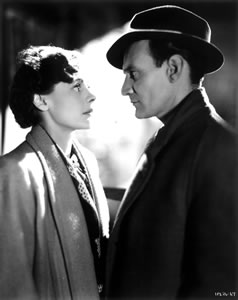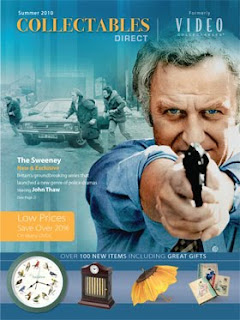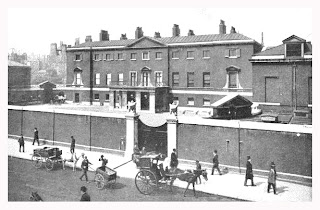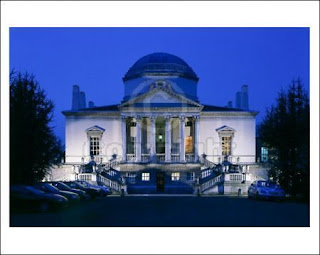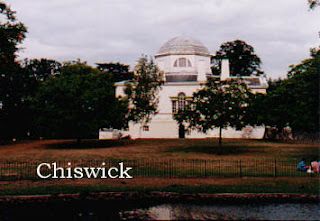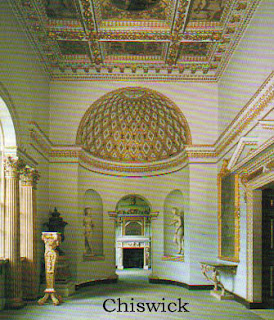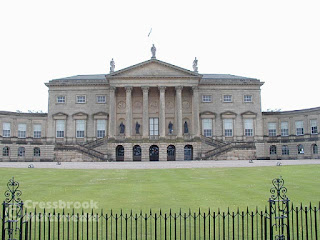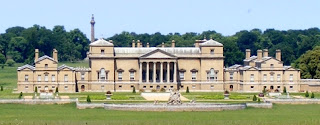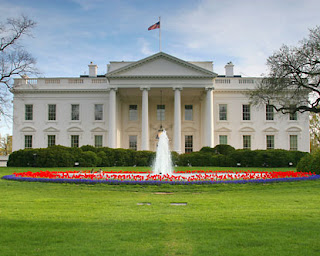Victoria here. Unexpectedly the other night, without any Netflix on hand, I found myself looking through the tv listings — 700 channels and nothing to watch — but WAIT!!! What about a good evening in London?
There it was — Notting Hill. I saw it long ago (released in 1999), and was disappointed because Julia was SO beautifully Julia and Hugh was SO stutteringly Hugh. But this time, expecting nothing but watching London on my screen, I really enjoyed it. The reverse Cinderella story I guess. But I’d rather run a bookshop on Portobello Road than be an actress!
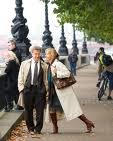 Now I am looking forward to some other movies set in London that are fun to watch just because of the scenery. How about Last Chance Harvey (2008)? That one was a little below par too, but just to see them walking along the Thames — well, this time I’d probably love it.
Now I am looking forward to some other movies set in London that are fun to watch just because of the scenery. How about Last Chance Harvey (2008)? That one was a little below par too, but just to see them walking along the Thames — well, this time I’d probably love it.I also love the WWII movies — Mrs. Miniver, etc. and the Judi Dench film, Mrs. Henderson Presents (2005) which goes through the war. Though it isn’t London, The Enchanted Cottage (1945) is a terrific tear-jerker set in England. As is Brief Encounter (1945), with the wonderful Rachmaninoff concerto.
Or, to cap it off, how about a rousing chorus from My Fair Lady? I know that Emma Thompson wants to do it all over again — and I do think ET is a stellar actress, producer and writer. Yet I love that technicolor version with Audrey Hepburn, from 1964. Sorry, Emma.

Or, for a lovely evening at least partially set in London, how about 84 Charing Cross Road (1987)? Another winner.
Good viewing!!


